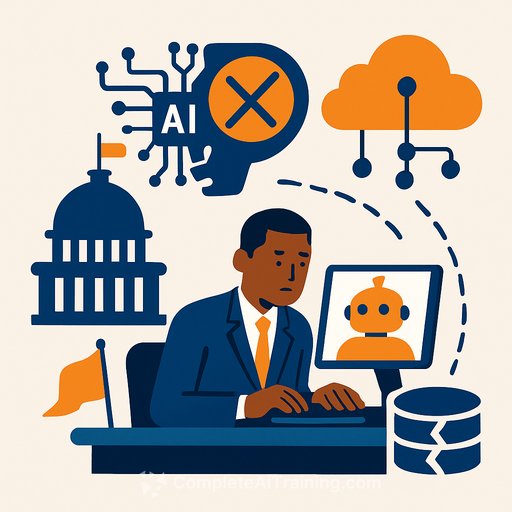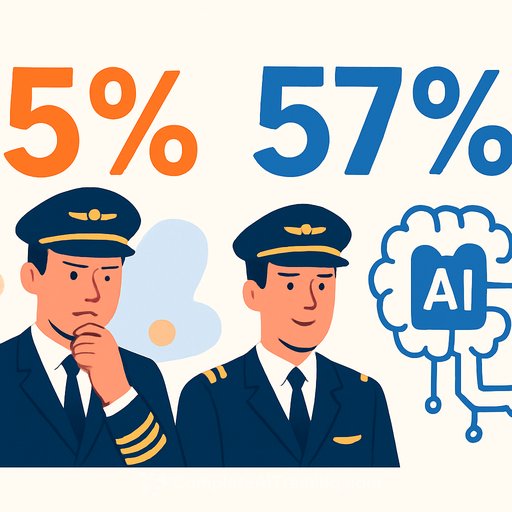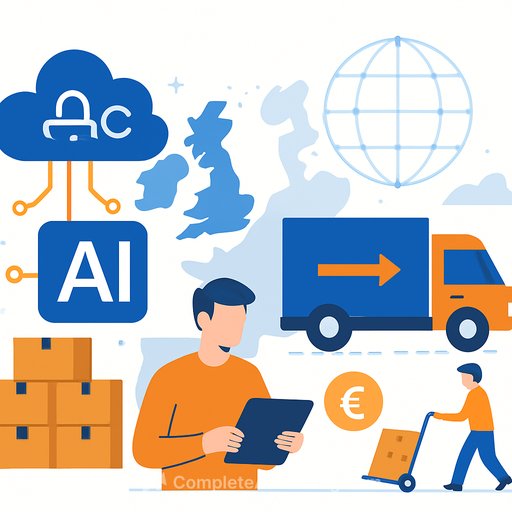How AI in Government Is Doomed to Fail Without a Data Management Strategy
Artificial Intelligence (AI) holds great promise for transforming government services—automating routine tasks, enabling smarter decisions, and improving citizen experiences. Yet, many government AI projects fail to deliver meaningful outcomes. The main culprit isn’t vision or budget constraints; it’s the lack of a solid data management foundation. Studies show that 70% to 85% of AI projects miss their goals, with public sector efforts often facing even higher risks when data management is weak.
Why Data Management Is Crucial to Government AI Projects
For AI to succeed, government agencies must face the reality of their data environments. Several challenges typically stand in the way:
- Siloed and fragmented information: Years of legacy systems, paper documents, and disconnected databases create fragmented data. AI needs unified and high-quality data to work effectively.
- Data quality issues: Redundant, outdated, or poor-quality data leads to inaccurate AI insights. The principle “garbage in, garbage out” applies strongly to machine learning and analytics.
- Compliance and security risks: Government data is sensitive and requires strict privacy and regulatory controls. Without proper governance, AI projects risk exposing agencies to compliance violations and reputational damage.
The takeaway is clear: advanced AI cannot compensate for scattered, incomplete, or inaccessible data. For leaders in government, investing in a comprehensive data management strategy is essential—not optional—for AI success.
Why AI Needs Clean, Accessible Data
AI depends on data that is accurate, well-governed, and easily accessible. Even the best AI tools produce flawed results when fed poor data, sometimes generating misleading or false outputs.
The Foundation: AI’s Dependence on Quality Data
- Training and automation: AI models require large volumes of well-structured, accurate data to learn and automate processes. Fragmented or outdated data limits AI’s effectiveness and the quality of insights.
- Bias and reliability: Poor data introduces bias, errors, and blind spots that undermine trust and can lead to costly mistakes. Over 80% of government departments struggle with data silos, hindering cross-agency collaboration and service delivery.
Building a Data Management Strategy for AI
To make AI work, agencies must build a strategy that ensures data is organized, accessible, and reliable. Key steps include:
- Data inventory and classification: Understand what data exists and where it resides. Conduct a thorough inventory across departments and systems. Classify data by sensitivity and relevance to AI projects. This helps reduce duplication and maintain compliance.
Expert Tip: Start with manual classification for early-stage data, then use automated tools for high-volume sets. - Archiving and retiring legacy data: Identify inactive or obsolete data that can be archived or retired. This cuts storage costs, improves system performance, and reduces clutter that can confuse AI models.
Expert Tip: Some agencies fund AI projects by reallocating budgets from legacy system maintenance after archiving data. - Digitizing and integrating paper records: Convert paper documents into searchable digital formats and integrate them with existing data. This creates a unified environment for AI to access all relevant information.
Expert Tip: Avoid just scanning images. Use intelligent capture tools to automatically route documents into workflows or archives for immediate accessibility. - Continuous data quality monitoring: Set up ongoing processes to track and improve data accuracy and completeness. Use automated and AI-powered cleansing tools, and regularly update governance policies to meet compliance and technological changes.
Strong data management strategies form the backbone of effective AI in government, ensuring initiatives are grounded in trustworthy data.
The Role of Modern Content Management
Content management systems help agencies organize, classify, and govern information, turning unused “dark data” into actionable insights. These platforms automate data pipelines, maintain compliance, and lay the groundwork for AI-driven improvements in public services. Agencies using AI-powered content management report better efficiency, smarter decisions, and enhanced citizen interactions.
How OpenText Can Help
Before launching AI projects, agencies should critically assess their data quality, accessibility, and governance. This assessment doesn’t require expensive consultants; a simple internal review can highlight critical gaps. A strong data foundation maximizes AI impact while minimizing risk.
OpenText Core Content Management supports public sector organizations by:
- Inventorying and classifying data: Centralizes information from legacy systems and paper archives, making it searchable and AI-ready.
- Retiring and archiving legacy data: Moves inactive records to secure, compliant archives, reducing costs and clutter.
- Digitizing and integrating paper records: Converts paper documents into digital formats that integrate seamlessly with AI and analytics tools.
- Enforcing data governance: Applies policies to ensure data quality, security, and compliance, making data trustworthy for AI use.
Partnering with OpenText can help your agency move forward with AI confidently, backed by a secure and well-managed data foundation.
Your membership also unlocks:














